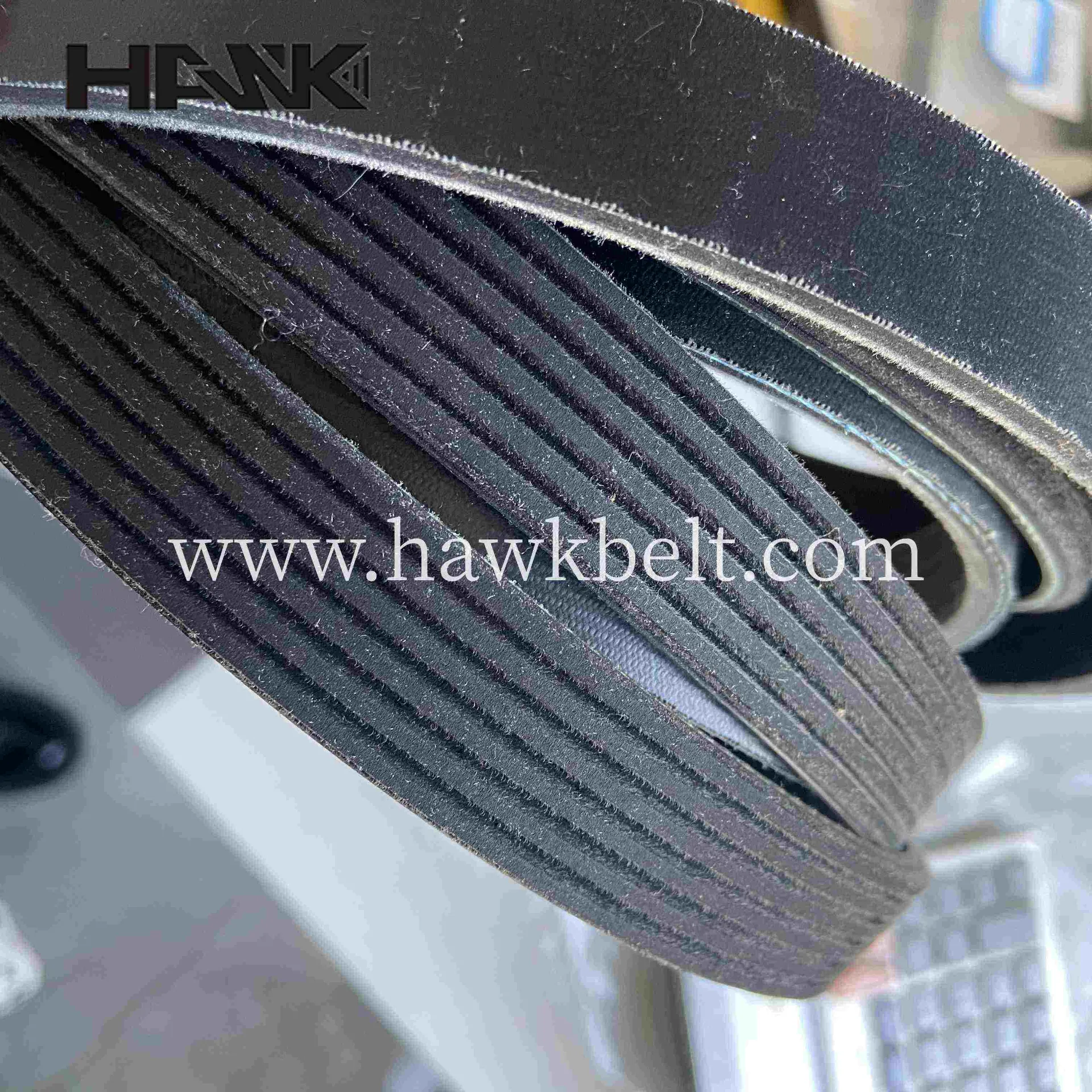- Arabic
- French
- Russian
- Spanish
- Portuguese
- Turkish
- Armenian
- English
- Albanian
- Amharic
- Azerbaijani
- Basque
- Belarusian
- Bengali
- Bosnian
- Bulgarian
- Catalan
- Cebuano
- Corsican
- Croatian
- Czech
- Danish
- Dutch
- Afrikaans
- Esperanto
- Estonian
- Finnish
- Frisian
- Galician
- Georgian
- German
- Greek
- Gujarati
- Haitian Creole
- hausa
- hawaiian
- Hebrew
- Hindi
- Miao
- Hungarian
- Icelandic
- igbo
- Indonesian
- irish
- Italian
- Japanese
- Javanese
- Kannada
- kazakh
- Khmer
- Rwandese
- Korean
- Kurdish
- Kyrgyz
- Lao
- Latin
- Latvian
- Lithuanian
- Luxembourgish
- Macedonian
- Malgashi
- Malay
- Malayalam
- Maltese
- Maori
- Marathi
- Mongolian
- Myanmar
- Nepali
- Norwegian
- Norwegian
- Occitan
- Pashto
- Persian
- Polish
- Punjabi
- Romanian
- Samoan
- Scottish Gaelic
- Serbian
- Sesotho
- Shona
- Sindhi
- Sinhala
- Slovak
- Slovenian
- Somali
- Sundanese
- Swahili
- Swedish
- Tagalog
- Tajik
- Tamil
- Tatar
- Telugu
- Thai
- Turkmen
- Ukrainian
- Urdu
- Uighur
- Uzbek
- Vietnamese
- Welsh
- Bantu
- Yiddish
- Yoruba
- Zulu
Nov . 09, 2024 18:21 Back to list
Understanding the Importance of Car Timing Belts for Vehicle Performance and Reliability
Understanding Car Timing Belts An Essential Component of Your Engine
When it comes to the interior workings of a car, one of the most critical yet often overlooked components is the timing belt. This essential part plays a crucial role in the operation of your vehicle's engine, ensuring that everything runs smoothly and efficiently. In this article, we’ll explore what timing belts are, their function, signs of wear, and the importance of maintenance and replacement.
What Is a Timing Belt?
A timing belt is a rubber belt with fiber or steel reinforcement that synchronizes the rotation of the crankshaft and camshaft in an internal combustion engine. The careful timing of these components is vital for the engine to run properly because it ensures that the engine’s valves open and close at the appropriate times during each cylinder's intake and exhaust strokes.
Timing belts are generally found in most four-stroke engines. They can vary in design and material, but they serve the same fundamental purpose to maintain proper timing between the engine's key rotating parts. Using a timing belt instead of a timing chain is generally lighter and quieter, making it a popular choice among manufacturers.
Function of the Timing Belt
The main function of the timing belt is to ensure that the engine's camshaft and crankshaft are synchronized. When you accelerate or decelerate, the timing belt allows the camshaft to control the opening and closing of valves precisely, making sure the right amount of air and fuel enters the combustion chamber at the right time.
A well-functioning timing belt also contributes to the overall efficiency of the engine, optimizing fuel consumption, minimizing harmful emissions, and enhancing the vehicle’s performance. If the timing belt were to fail, it could lead to catastrophic engine damage, often resulting in the need for extensive repairs.
Signs of Timing Belt Wear
Like any other component in your vehicle, timing belts do not last indefinitely. Most manufacturers recommend replacing the timing belt every 60,000 to 100,000 miles, depending on the vehicle make and model. However, there are several signs you should watch out for that could indicate your timing belt needs replacement sooner
car timing belts

2. Unusual Noises If you hear a high-pitched whining or screeching noise while driving, it could be a sign that the timing belt is worn out.
3. Oil Leaks Oil leaks around the timing belt cover might indicate a failing seal, which could lead to belt degradation.
4. Dashboard Warning Light Many modern vehicles have sensors to alert you when there’s an issue with the timing belt.
5. Visible Damage If you have access to your timing belt and notice cracks, fraying, or other visible damage, it’s time to replace it.
Importance of Maintenance and Replacement
The significance of regular maintenance of your timing belt cannot be overstated. Failure to replace a worn or damaged timing belt can lead not only to expensive repairs but also to safety hazards. If the belt breaks while driving, it can result in severe engine damage, including bent valves or a damaged piston, which may require a complete engine replacement.
To prevent such catastrophic failures, it’s advisable to adhere to your vehicle’s maintenance schedule and consult with a qualified mechanic if you notice any signs of wear. Regular inspections can help identify potential issues before they escalate.
Conclusion
In summary, the timing belt is a crucial yet often neglected component of your vehicle's engine. Understanding its function, recognizing the signs of wear, and adhering to a careful maintenance schedule can save you from costly repairs and enhance your vehicle’s performance. Always consult your vehicle’s manual and seek professional advice when it comes time for a timing belt replacement—keeping your engine running smoothly and efficiently is worth it. Taking proactive steps in maintaining your timing belt can prolong the life of your engine and ensure a safe driving experience.
-
Korean Auto Parts Timing Belt 24312-37500 For Hyundai/Kia
NewsMar.07,2025
-
7PK2300 90916-T2024 RIBBED BELT POLY V BELT PK BELT
NewsMar.07,2025
-
Chinese Auto Belt Factory 310-2M-22 For BMW/Mercedes-Benz
NewsMar.07,2025
-
Chinese Auto Belt Factory 310-2M-22 For BMW/Mercedes-Benz
NewsMar.07,2025
-
90916-02660 PK Belt 6PK1680 For Toyota
NewsMar.07,2025
-
drive belt serpentine belt
NewsMar.07,2025

